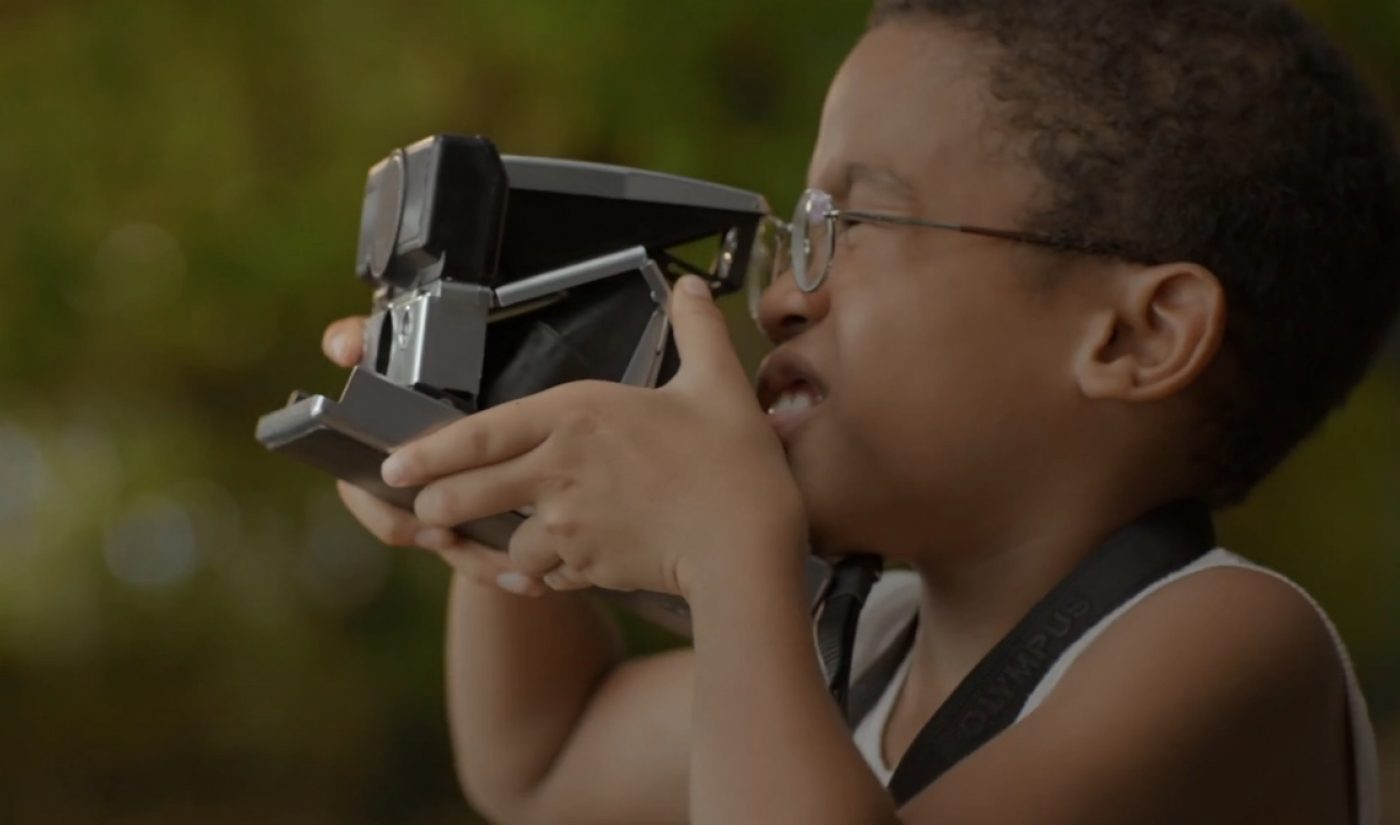Insights is a weekly series featuring entertainment industry veteran David Bloom. It represents an experiment of sorts in digital-age journalism and audience engagement with a focus on the intersection of entertainment and technology, an area that David has written about and thought about and been part of in various career incarnations for much of the past 25 years. David welcomes your thoughts, perspectives, calumnies, and kudos at david@tubefilter.com, or on Twitter @DavidBloom.
Panama is a tiny slip of land with a surprisingly giant place in the natural, commercial, and human history of the Western Hemisphere. Now, it hopes to enlarge its influence in film and TV, addressing its own complicated history with notable projects while spotlighting the best of a Spanish-language industry that reaches three continents.
I was in Panama City recently for the Panama International Film Festival, held a few miles from what for 85 years was fortified U.S. territory, the Canal Zone. The festival featured Oscar-winning Best Foreign-Language Film A Fantastic Woman and Abner Benaim’s loving documentary about Panamanian actor and musician Ruben Blades.

Subscribe to get the latest creator news
Other films – further displaying the diversity of projects – included Devil’s Freedom, Everardo Gonzalez’ bleak and chilling documentary about Mexico’s murderous kidnapping culture, and the sweet lesbian relationship comedy, Anchor and Hope, from Barcelona-based Carlos Marques-Marcet.
Perhaps most haunting was Diciembres, Enrique Castro Rios’ fictional take on the 1989 U.S. invasion of Panama and its impacts on three generations of a family.
Diciembres is interwoven with actual invasion footage, shot mostly by U.S. troops as they swept through the country to remove Panamanian dictator Manuel Noriega for complicated reasons that remain hard to believe. Just before attending the film’s screening, I happened to ride through the still-battered El Chorillo slum that took the brunt of the U.S. attack (major military barracks were in the area). Realizing the connection gave the film an extra gut punch of (sur)reality.
The 50-mile-long canal, linking the Atlantic and Pacific oceans, carries about 5% of the world’s shipping traffic. Now, as Panama strives to be part of another globally influential industry, the seven-year-old festival has become a showcase of the country’s storytellers.
Given the previous paucity of local projects, it’s not surprising that Panama’s first significant films have focused on its complicated history, especially of the Canal’s decades-long construction, U.S. occupation, and Noriega invasion, not to mention the more recent Panama Papers scandal.
“I think that it’s like that in every country that is beginning to tell its own stories,” said Pituka Ortega Heilbron, the festival’s director general. “The first stories we’re going to tell are stories that directly relate to our essence. (It’s) important to us for the people to understand that, well, it wasn’t always peachy keen and that there’s always going to be a struggle to find our own identity.”
Ortega Heilbron has been a crucial part of that introspective creative moment. Beyond running the festival, she produced and was one of five segment directors in 2015’s Panama Canal Stories. Benaim, who directed another segment of Stories, also directed the 2014 documentary Invasion, about guess what.
Days before the festival, Pituka Heilbron found out that Netflix had picked up Panama Canal Stories to show in 191 countries, with one exception.
“It was right before the festival, so I haven’t even been able to absorb it, but yeah, it’s a pretty big deal, absolutely,” Ortega Heilbron said. “But you know what happens. It’s available everywhere on Netflix except, apparently, the United States. And it’s a film that U.S. citizens would definitely want to see because it’s so, I mean, the U.S. is all over that film.”
Ah, Netflix. The streaming giant just reported another mammoth quarter this past week, adding 7.4 million subscribers to a global total of 125 million, generating $3.7 billion in revenue. Among other recent Netflix initiatives: buying a theater chain and a regional billboard company, and spending $1 billion to increase acquisitions of European foreign-language content.
At the same time the company has continued to invest in Spanish-language programming. One of its first international successes was Narcos, the episodic crime drama based on Colombian drug lord Pablo Escobar. Narcos proved so successful the company even syndicated the show to Univision after its initial Netflix run.
Filmmakers such as Marques-Marcet and Benaim express ambivalence about Netflix, much as do filmmakers in many other places.
“I have to say that for me there’s a problem with Netflix,” said Marques-Marcet. “It’s like they don’t believe in theatrical release, and to me, the theatrical release is life. Even if I know only 20,000 people will go to a theater to see my movie, I’m happy these 20,000 people were able to see the movie as it was designed.”
Nonetheless, the backers of Anchor and Hope (Spanish title Tierra Firme) have pitched the film to Netflix. It’s set on a barge on the canals west of London. Its cast – including Geraldine Chaplin and her real-life daughter, Oona Chaplin – shift back and forth between English and Spanish.
“It doesn’t fit into any of their categories, because it’s a Spanish movie, but then it’s a Spanish movie that is not in Spanish, it’s (mostly) in English,” Marques-Marcet said. “They don’t know what to do with it.”
Benaim’s documentary, Ruben Blades is Not My Name, stands a better chance at a U.S. theatrical run, especially after it won the Audience Award at the recent South By Southwest Film Festival.
The film is a fond look at Blades, in both his New York home and his Panama City home town. Blades, of course, is a Latin Grammy-winning salsa superstar who has collaborated with the likes of Sting and Paul Simon (both appear in the film). His remarkable career also includes a Harvard degree and a stint as Panama’s tourism minister, as well as roles in nearly 50 films and TV shows, from The Milagro Beanfield War to Gideon’s Crossing to Fear the Walking Dead.
Like Marques-Marcet, Benaim loves an old-school theatrical run. But, “It’s good to know there are so many options now,” he said. “There’s a lot of new opportunities in direct sales on the Internet and now theatrical is just one of the options. It’s not the only one.”
Even without a “North American” run (the film business classifies that market as only the U.S. and Canada, despite what maps say), Benaim’s film already has appeared in Mexico, much of Central America, Spain, and elsewhere. The Latin American market is huge, topping 650 million people.
The entire region is having a bigger impact on world film and TV. For instance, online video sites such as Pongalo have been able to profitably license and even adapt for U.S. TV networks the hugely popular telenovelas of Colombia, Mexico, and Venezuela (ABC hit Jane the Virgin started as a Pongalo-licensed telenovela).
And then there’s film.
“I will start with the fact that this year’s Oscars for best foreign film and best picture were won by two Latin Americans,” said Ortega Heilbron, referring to Mexico’s Guillermo del Toro for The Shape of Water and A Fantastic Woman” director Sebastian Lelio of Chile. “That’s a pretty big deal. I mean, it’s a good barometer of the quality of filmmaking in Latin America.”
OTT streaming services such as Netflix can give even filmmakers from small countries such as Panama another way to get seen around the world.
“Technology is technology,” Ortega Heilbron said. “For our films, Latin American films, I believe that their first home should be in the theaters, but if they can get themselves in OTTs and get themselves an opportunity to be seen, let it be. I think, ‘Bring it on.’”
Bring it on indeed. I, for one, look forward to the twisty Chinatown-meets-Graham-Greene film noir to be culled from the back pages of the Panama Papers, set in one of those many suspiciously “dark” skyscrapers all over downtown Panama City.








